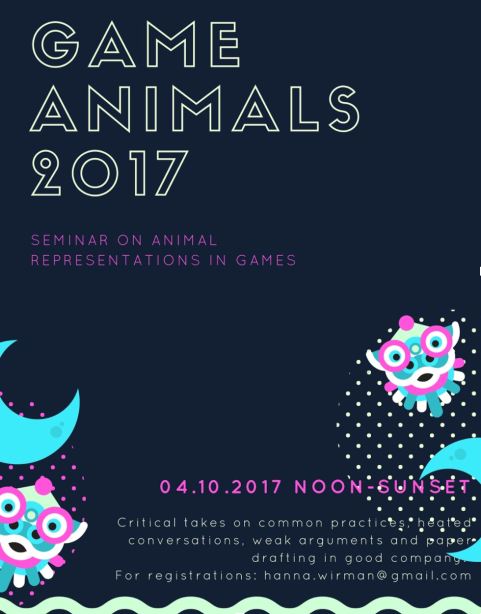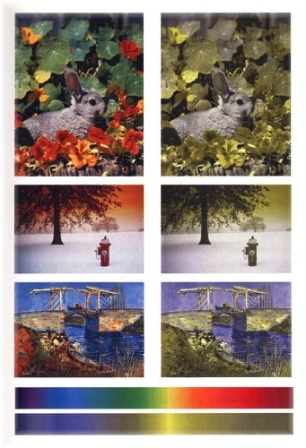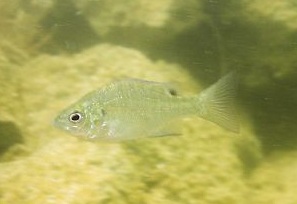During my PhD exchange visit at the Hong Kong Polytechnic University School of Design, we organized the first GameAnimals seminar. On the day of the seminar, the 4th of October, the Chinese Mid-Autumn Festival is celebrated in Hong Kong, which includes dragon dances in several villages to bring fortune and prosperity to the people and the town. Dragons are amazing. So together with researchers Marleena Huuhka and Dr. Hanna Wirman we set-up a day of investigating and discussing the representations of ‘dragons’ in games.


Starting off the day in Dim Sum restaurant Dragon Lake House, all 7 participants contributed presentations that discussed different dragon representations from games including Skyrim, Zelda’s Breath of the Wild, Pokémon Go, Mahjong, Bubble Bobble, That Dragon Cancer, Puzzle and Dragons, the Final Fantasy series, Magic the Gathering, Garry’s Mod, The Elder Scrolls IV: Oblivion, and DOTA 2.
We focused specifically on the differences in appearances, abilities, narrative elements, and cultural aspects that constitute dragons in games. This led to interesting discussions on what actually makes a ‘dragon’ a ‘dragon’ as a fictional or mythical construct. As well as how these representations are culturally enforced, gendered, stereotyped, but also somewhat unfixed throughout games. During this part of the seminar we also noted down keywords of the discussion that we used during the second activity.
Due to a lack of a meeting room, we decided that the second part of the seminar should take place in alignment with true Hong Kong trends: a Karaoke Box. It soon turned out that the echoed microphones and (lack of) singing skills among people in the adjacent rooms added an unforeseen extra dimension to our seminar.
We started with a brainstorming exercise that involved an adaptation of the popular Cards Against Humanity game. In our version, called Dragons Against the Humanities, we used the titles of last years’ DiGRA Conference Proceedings and the keywords we created in the morning to generate new paper titles. This activity led to 7 abstract titles we wanted to explore further:
- Design Guidelines for Personifications of Dragons
- Exploring Draconic Identity Experiences in Videogames
- How Effective are Anthropomorphic Dragons in Simulating the Existential Crisis of Being both a Fairy and a Dragon?
- Towards a History of Dragons as Valuable Resources
- The Short Term Dynamics of Meeting a Dragon
- Something Happened: A Political and Cultural Overview of Dragon Ownership
- Methods for the Estimation of Degrees of Dragonness
As you can imagine, these titles were quite amusing to us. However, at the same time, it sparked our imagination and gave us new ideas about dragon representations. We decided to divide the titles among participants and start writing abstracts that match those titles. To remove ownership of the work, we chose to work for 7 minutes on each abstract, and then rotate our computers 7 times among all participants. So that every one of us contributed to all abstracts. This must have been one of the most serious Karaoke Box uses ever.

Afterwards, we went to Victoria Park to enjoy some daylight and fresh air, and we presented the abstracts to each other. To conclude the fruitful and inspiring seminar day, we all played a local dragon-themed escape room, that we did not manage to solve in time. Perhaps because, as game scholars, we were highly overthinking the puzzles.
Thanks to all participants for engaging with us in a productive day of dragon-game-talk. We are currently considering our options to rewrite the abstracts into conference papers.









